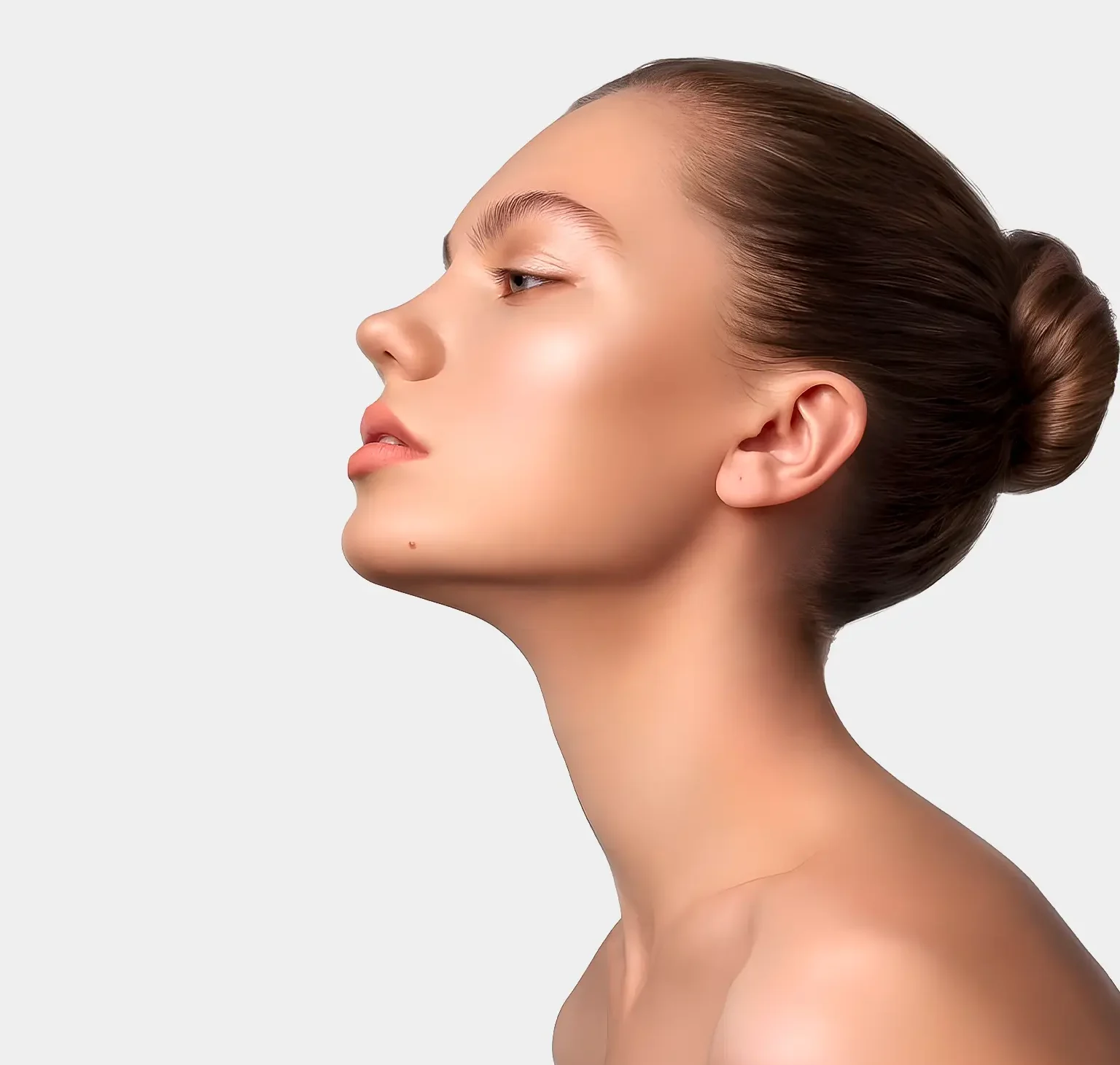
Fillers
When you notice deep laugh lines or hollow, sagging cheeks in the mirror, dermal fillers can help restore a youthful look. At Adult and Pediatric Dermatology in Forest Hills, Queens, our practice is led by Dr. Michael Paltiel, MD, a board-certified dermatologist with over 20 years of experience. We use advanced fillers such as Juvéderm® and Restylane® to smooth wrinkles, restore facial volume, and enhance your natural contours. These minimally invasive treatments deliver immediate results with little to no downtime. To refresh your appearance and combat signs of aging, call our office or schedule an appointment online today.
What Are Dermal Fillers and How Do They Work?
Dermal fillers are injectable treatments that restore volume under the skin to diminish wrinkles and add youthful fullness. As we age, our skin loses collagen, elastin, and fat, leading to wrinkles, fine lines, and a sunken appearance. Fillers address these issues by plumping creases and replacing volume where it’s needed. Most of the fillers we use are made of hyaluronic acid (HA) – a substance your body naturally produces to keep skin hydrated and plump. When injected, the hyaluronic acid gel fills in folds and binds water in the skin, smoothing out static wrinkles (the lines that stay even when your face is at rest) and adding soft volume.
There are two main types of facial wrinkles:
Special Offer
10% OFF
Your First Fillers Treatment. Use Promo Code: AP10
dynamic wrinkles caused by repeated facial movements (like frown lines and crow’s feet), and static wrinkles caused by gravity, volume loss, and environmental damage over time. Fillers are ideal for treating static wrinkles and volume depletion. (Dynamic wrinkles are usually treated with neuromodulators such as Botox, which we also offer – whereas fillers complement by addressing deeper folds and hollows.) In addition to the immediate plumping effect, some fillers also stimulate your skin’s collagen production over time. Increased collagen means that even as the filler gradually absorbs, your skin can become firmer and smoother.
Read Our Reviews
Posted on

Our Filler Options: Juvederm, Restylane & More
Juvéderm®: Juvéderm is one of the most popular and effective hyaluronic acid filler collections. We offer various Juvéderm products to target specific concerns. Juvéderm Ultra and Ultra Plus add volume to smooth moderate to severe facial wrinkles and folds, especially around the nose and mouth (like parentheses lines). Juvéderm Voluma is formulated for deeper injection to restore cheek volume and can also enhance the chin’s contour. Juvéderm Volbella is a finer gel ideal for plumping thin lips and minimizing vertical lip lines. Results from Juvéderm fillers are instant and can last anywhere from 6 months up to 18 months, depending on the formula and treatment area. Our providers will choose the right Juvéderm product for you to ensure natural-looking results that move with your expressions.
Restylane®: Restylane is another trusted line of hyaluronic acid fillers, with a range of products to address wrinkles and volume loss. We use Restylane to soften nasolabial folds (the lines from your nose to the corners of your mouth) and marionette lines, similar to Juvéderm.
It’s also excellent for under-eye troughs (hollows under the eyes) and can augment the lips with a very natural feel. Restylane Lyft adds volume to the cheeks and can even be used to rejuvenate aging hands by restoring plumpness on the back of the hands. Restylane’s technology varies the particle size of the gel for fine lines versus deep folds, providing a customized approach. Results typically last about 6 to 12 months before a touch-up is needed, depending on the product. Like Juvéderm, Restylane’s hyaluronic acid is gradually metabolized by the body over time.
Bellafill®: Bellafill is a unique collagen-stimulating filler we offer for long-lasting correction. Unlike HA fillers, Bellafill contains tiny polymethyl methacrylate (PMMA) microspheres suspended in a gel. These microspheres create a scaffold that stimulates your body’s collagen production for natural volume that can endure. We often use Bellafill to treat smile lines (nasolabial folds) and certain types of acne scars. One key advantage of Bellafill is its longevity – treatments can last up to 5 years with optimal correction. This makes it an attractive option if you’re looking for a more permanent (though not truly permanent) solution. Note: Because Bellafill is not made of hyaluronic acid, a skin test is required before treatment to ensure you have no allergy to its ingredients. Our team will explain if you’re a good candidate for Bellafill during your consultation.
Our Fillers Gallery:
Before and After




What to Expect During a
Filler Treatment
Consultation: First, you’ll meet with our experienced providers to discuss your goals and examine your skin. We’ll determine which filler (or combination of fillers) is best suited to achieve your desired results – whether it’s lifting your cheeks, erasing fine lines around your mouth, or plumping your lips. We always customize the plan to your unique needs for the most natural outcome.
Preparation: On the day of your filler treatment, we begin by cleansing the target areas. We then apply a topical numbing cream to ensure you’re comfortable throughout the injections. Our fillers also contain lidocaine (a local anesthetic) in their formulas, which further minimizes pain during and after the injections. Most patients describe the procedure as very tolerable, with perhaps a mild pinching or pressure sensation. (For those concerned, we can also use techniques like ice or vibration during injection to distract and ease discomfort.)
Injection Process: Using a fine needle (or a micro-cannula in certain areas), your provider will precisely inject the filler into the predetermined areas. We may ask you to smile, frown, or make certain expressions to ensure accurate placement. Each injection only takes a few seconds. The number of injections depends on your treatment plan – for example, treating both cheeks and lips will involve multiple targeted injections. You’ll see instant plumping and smoothing as the filler is applied, though there might be some initial redness or swelling. A typical filler appointment lasts about 20-30 minutes, and right after, you can often resume your day with minimal restrictions.
Special Offer
10% OFF
Your First Fillers Treatment. Use Promo Code: AP10

Rejuvenate Your Look at
Adult and Pediatric Dermatology
Choose Your Provider
Meet our team of board-certified specialists dedicated to your skin health and beauty

Michael Paltiel,MD
Dermatology

Zina Goldvekht, PA-C
Physician Assistant

Aleksey Babakhanov, FNP
Family Nurse Practitioner

John Perrotti, MD
Plastic Surgery

Irma Meni
Cosmetologist
